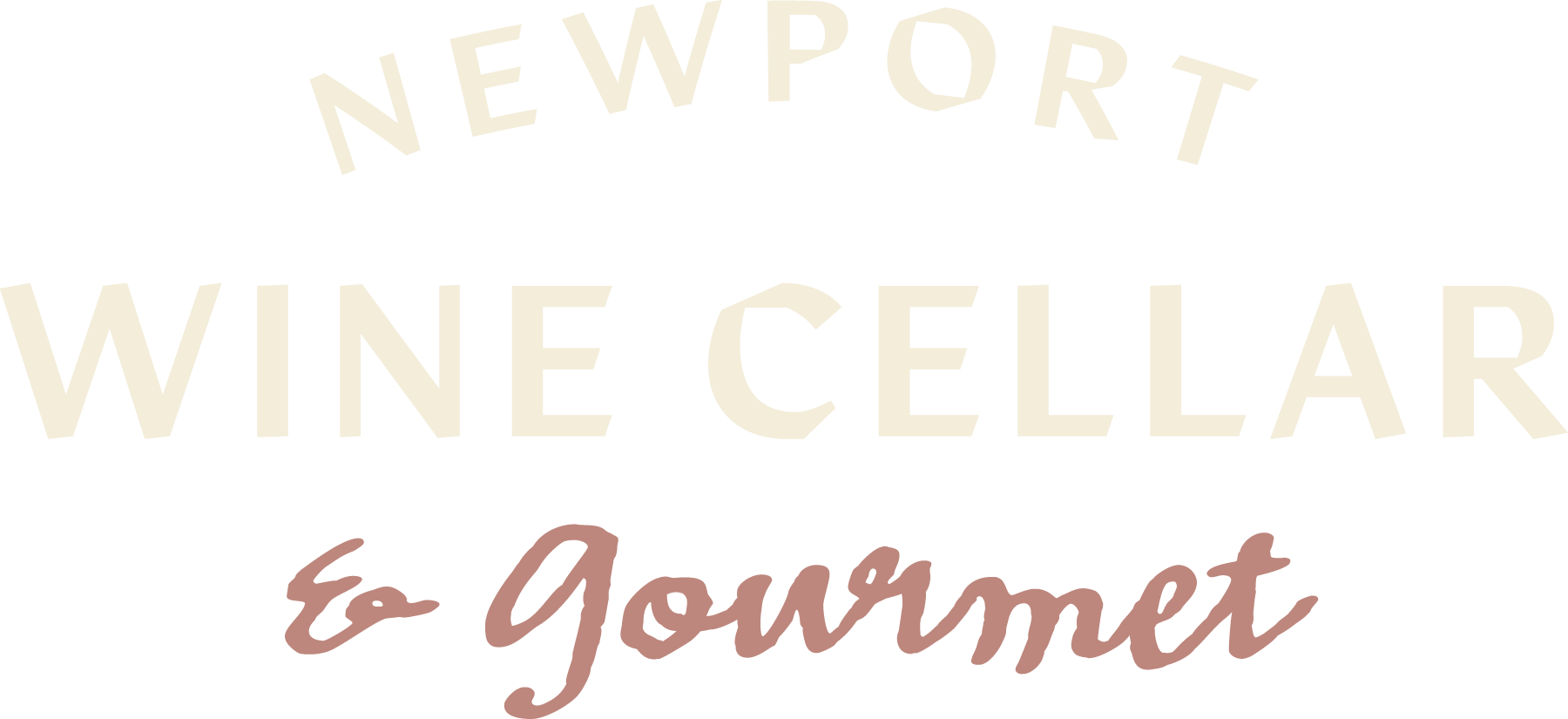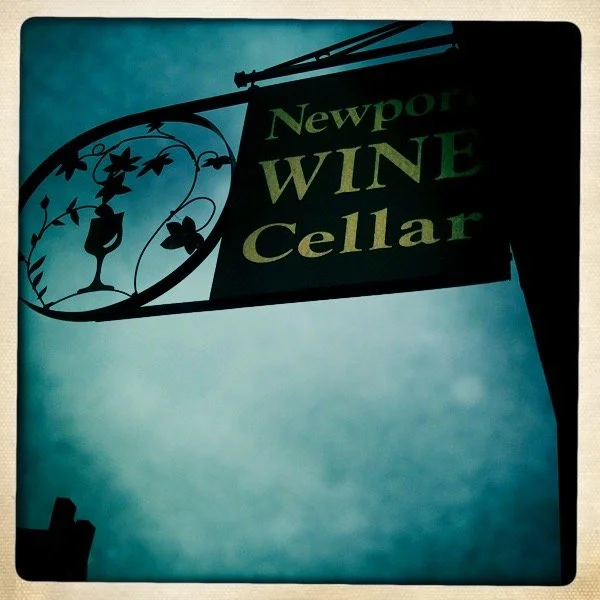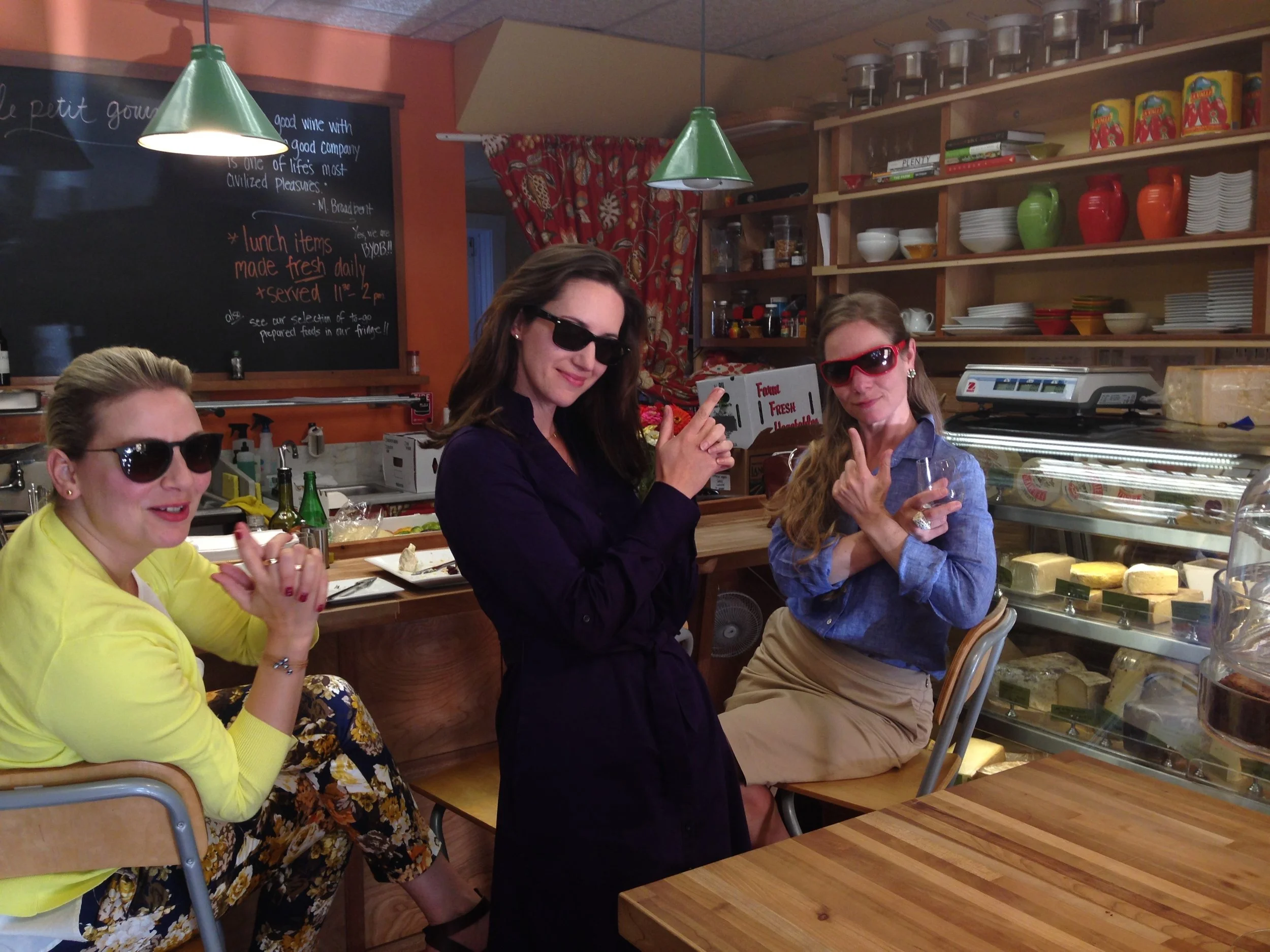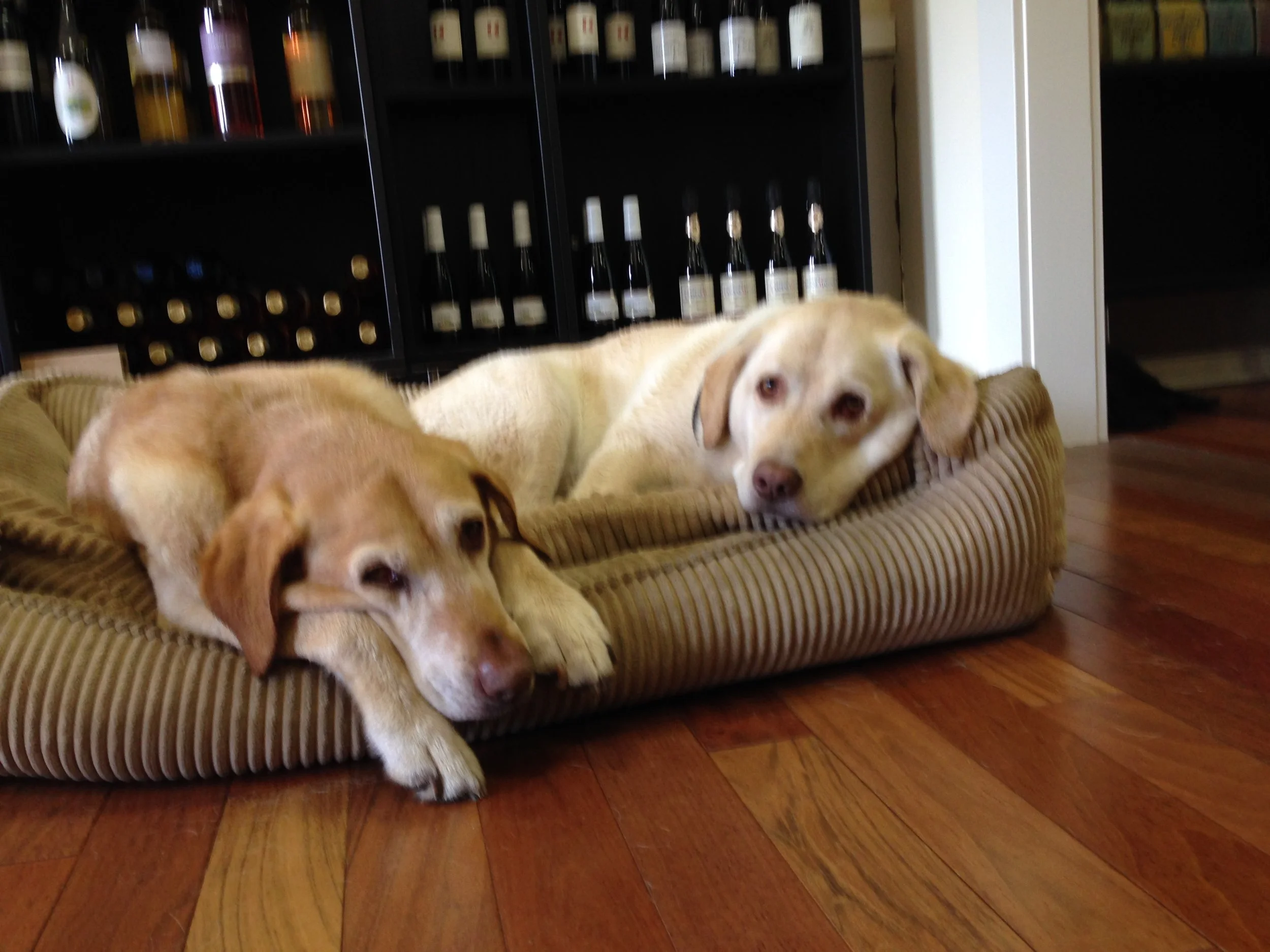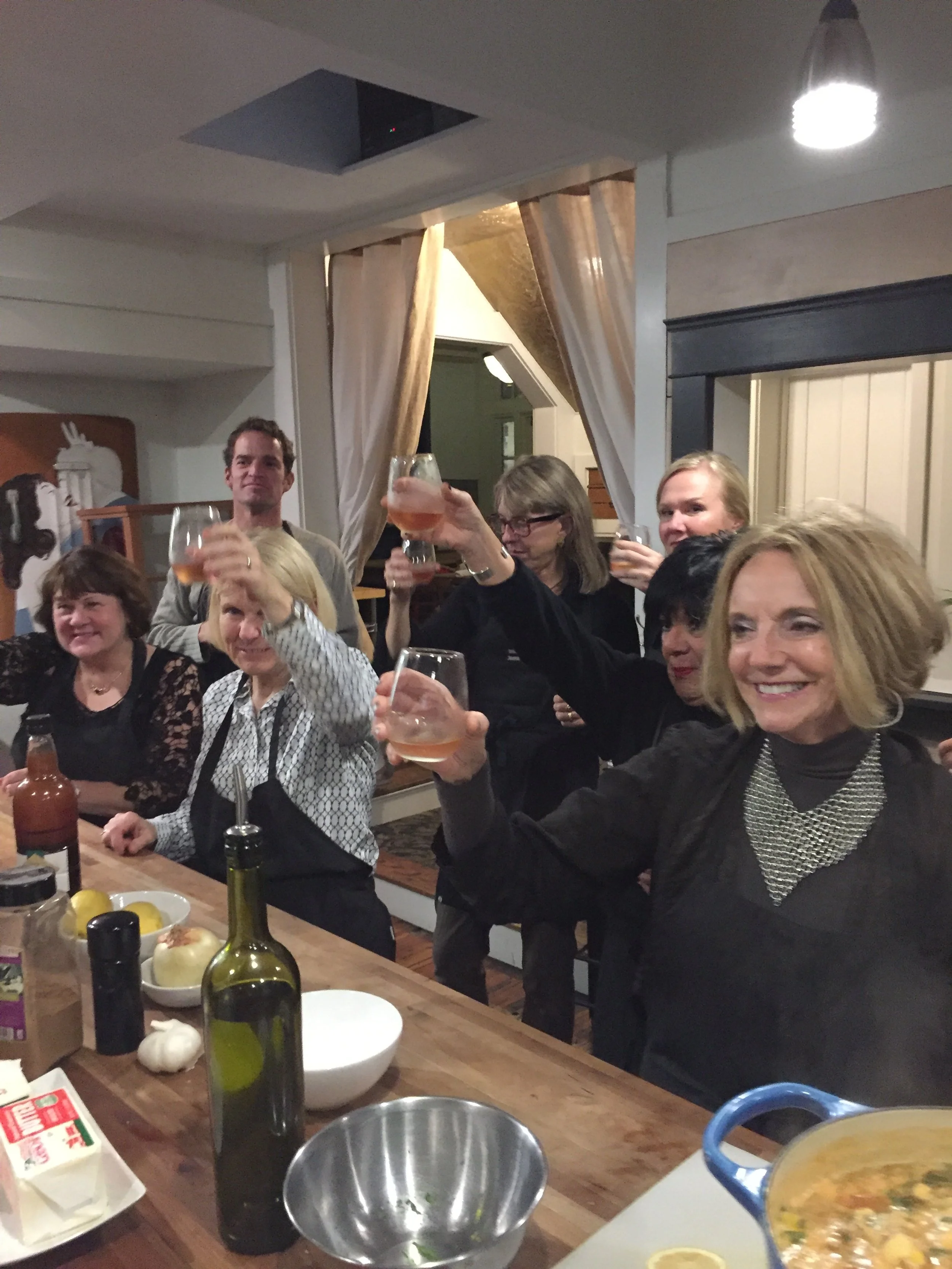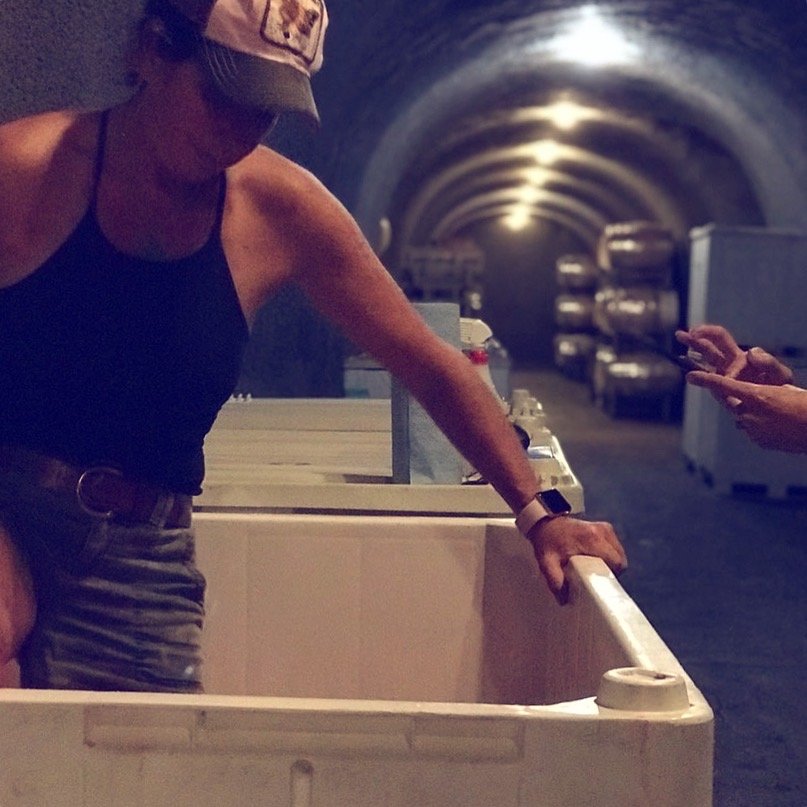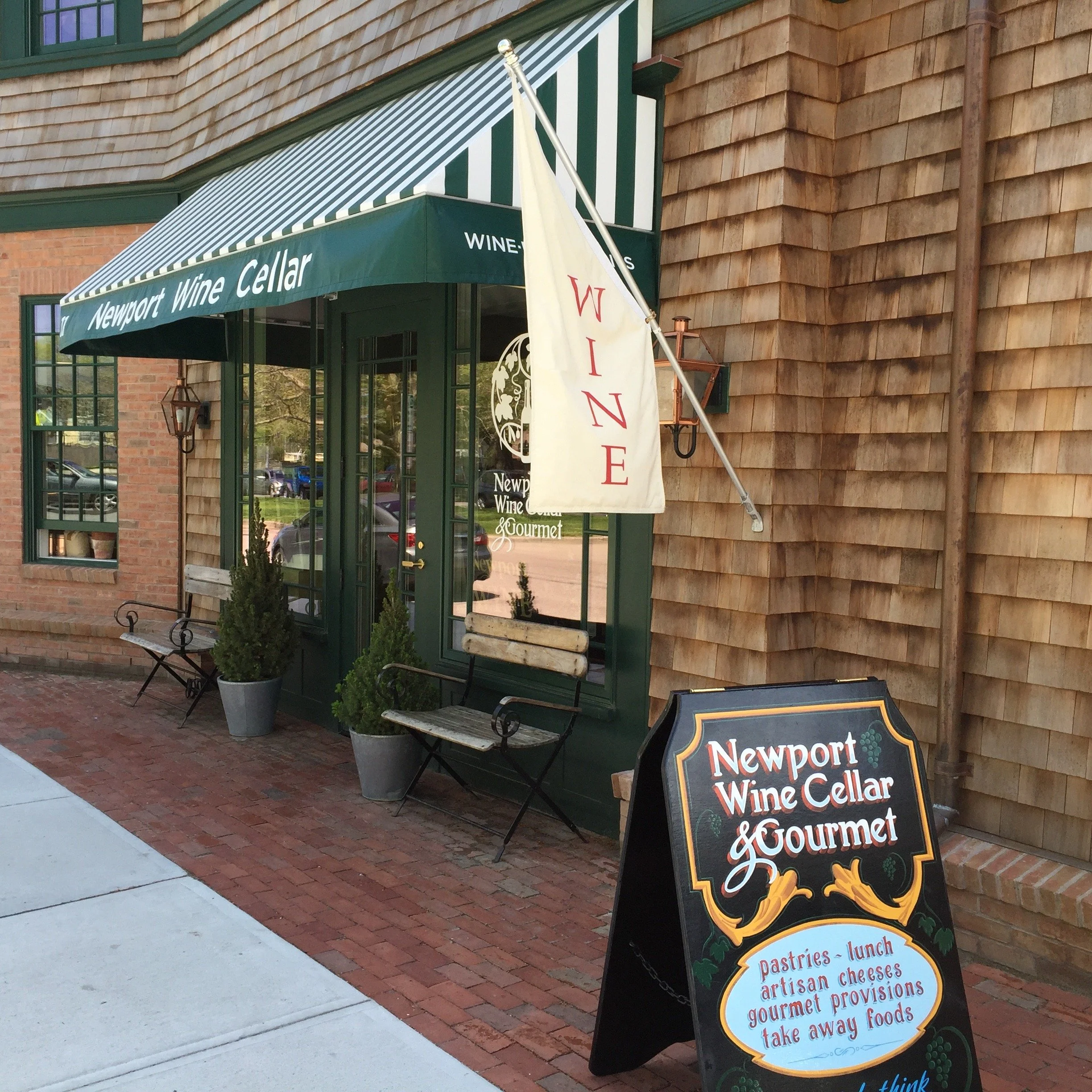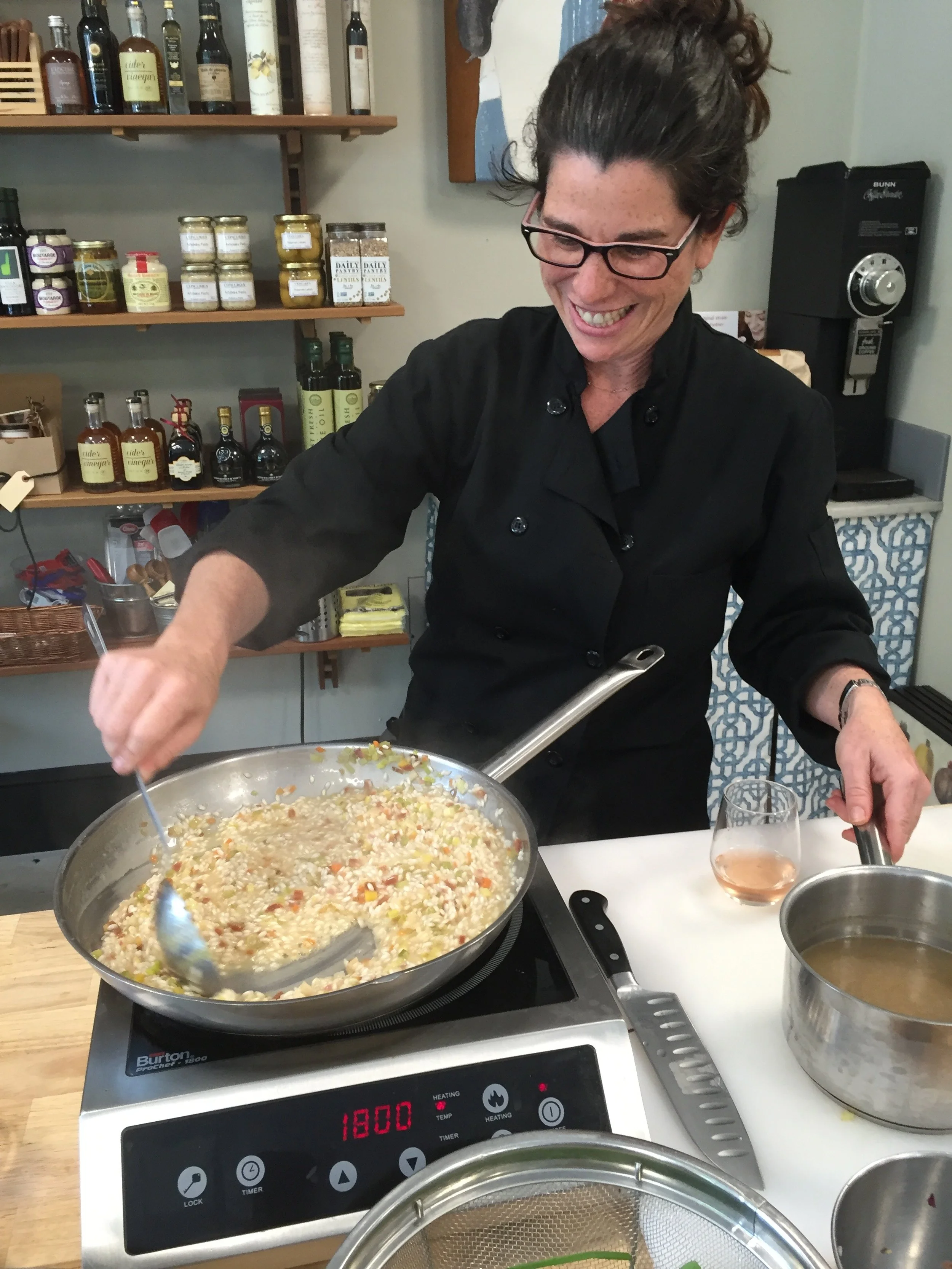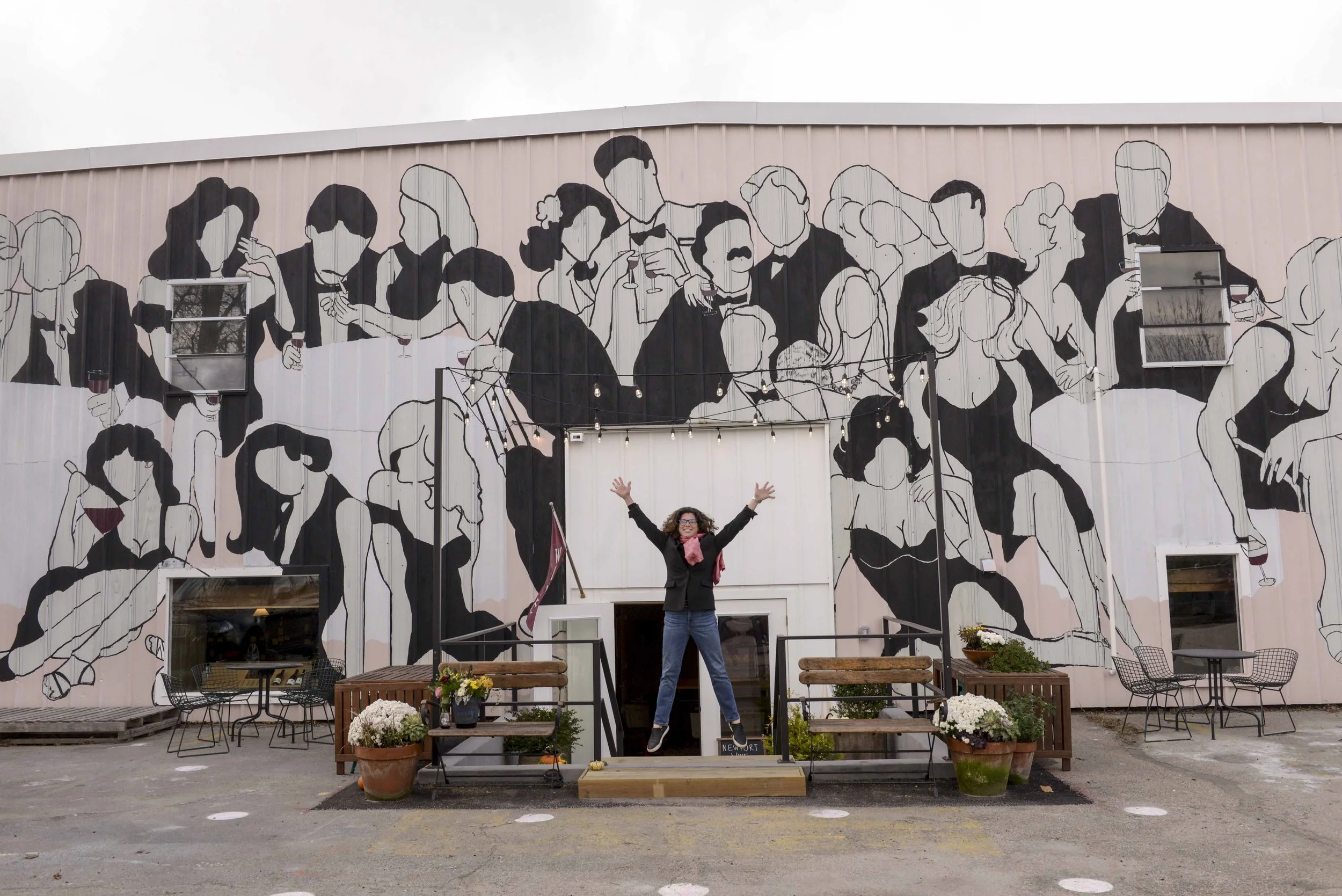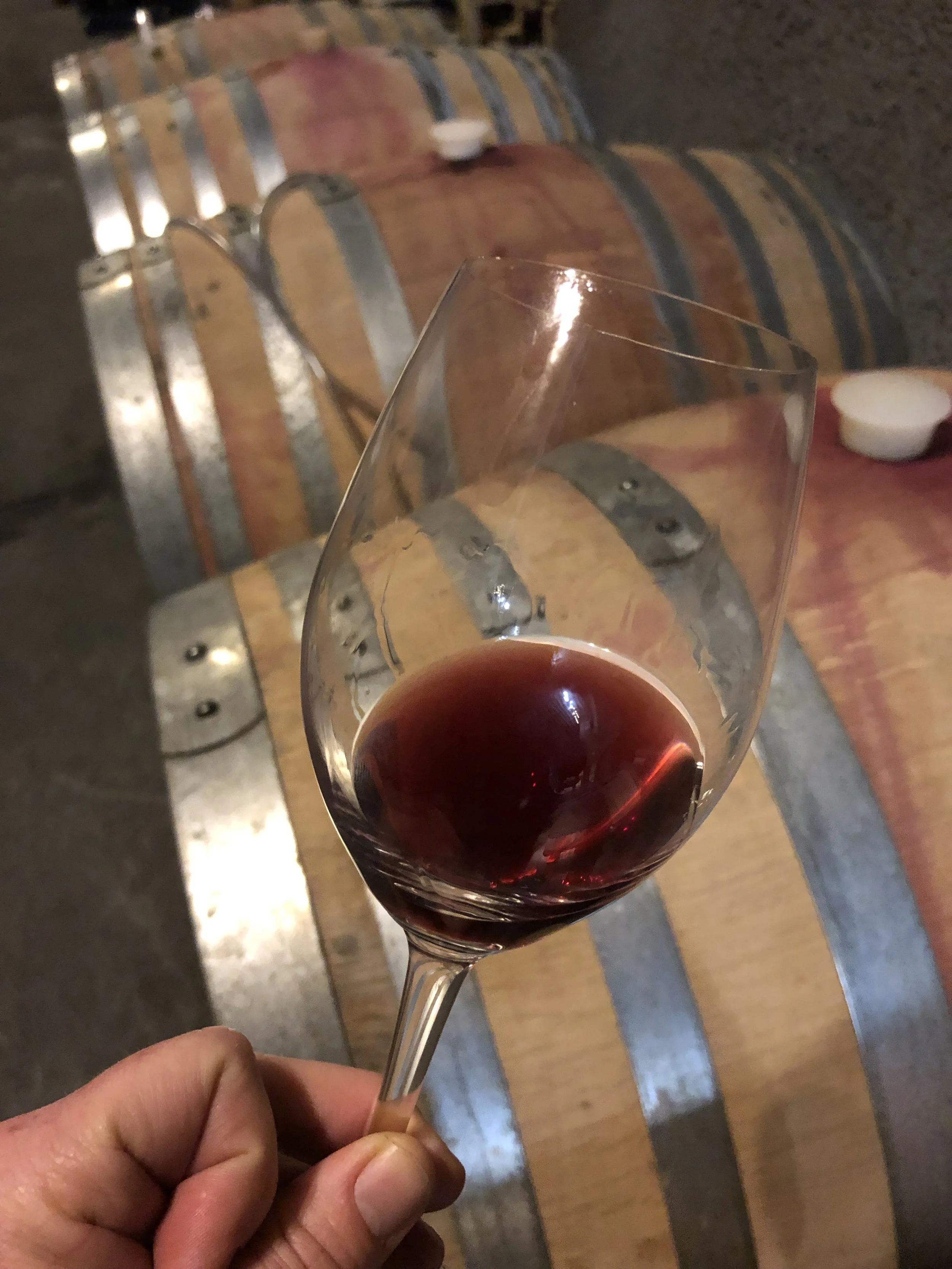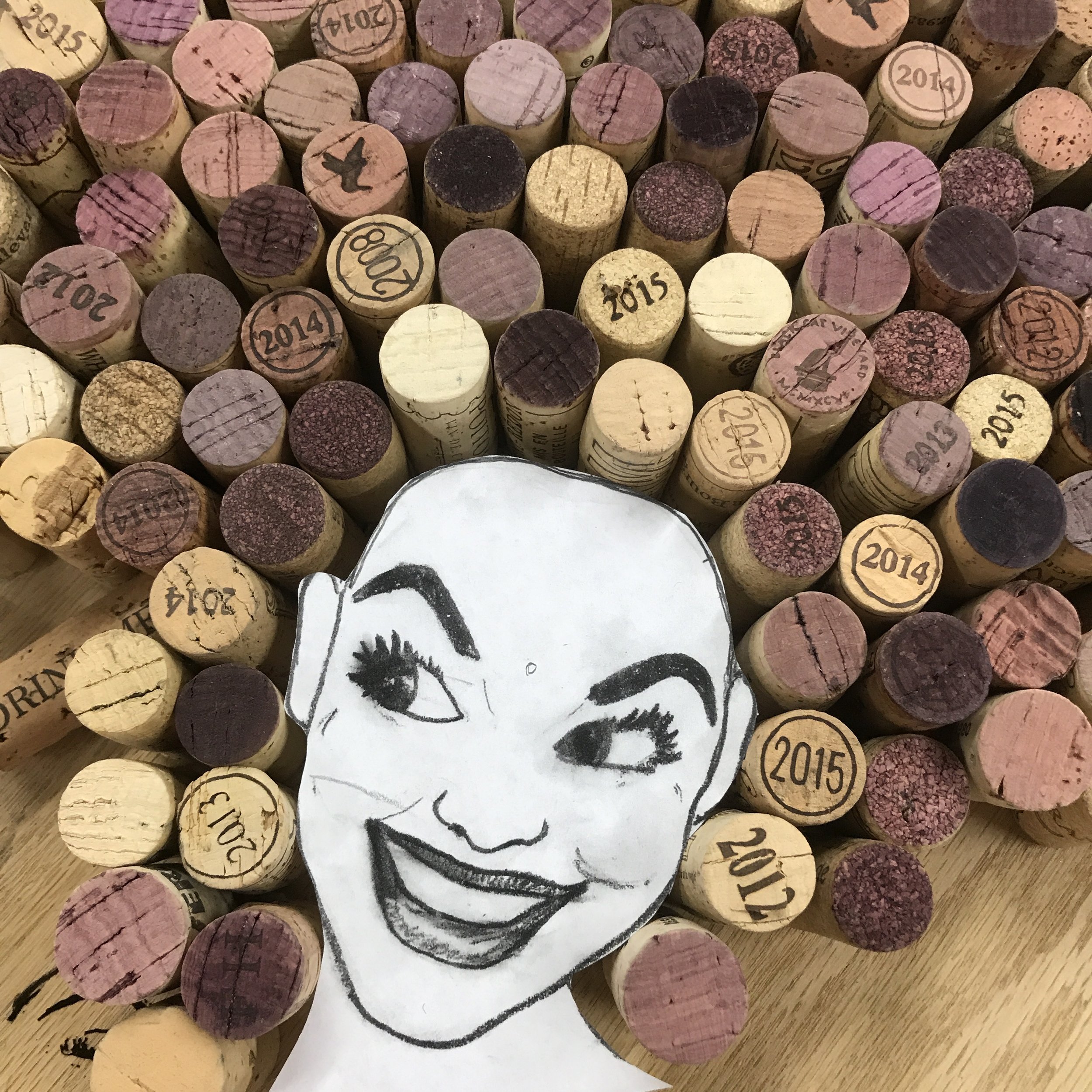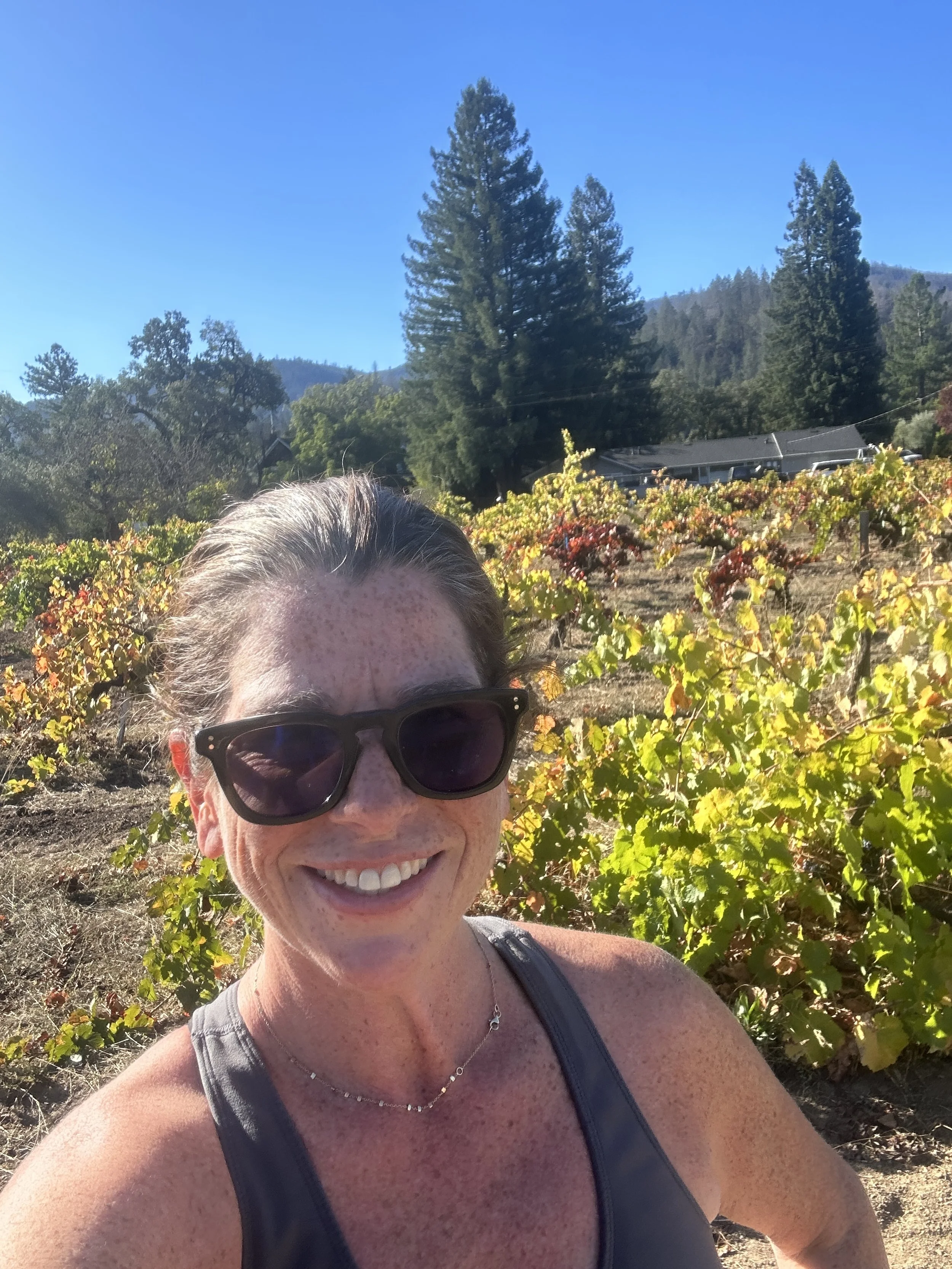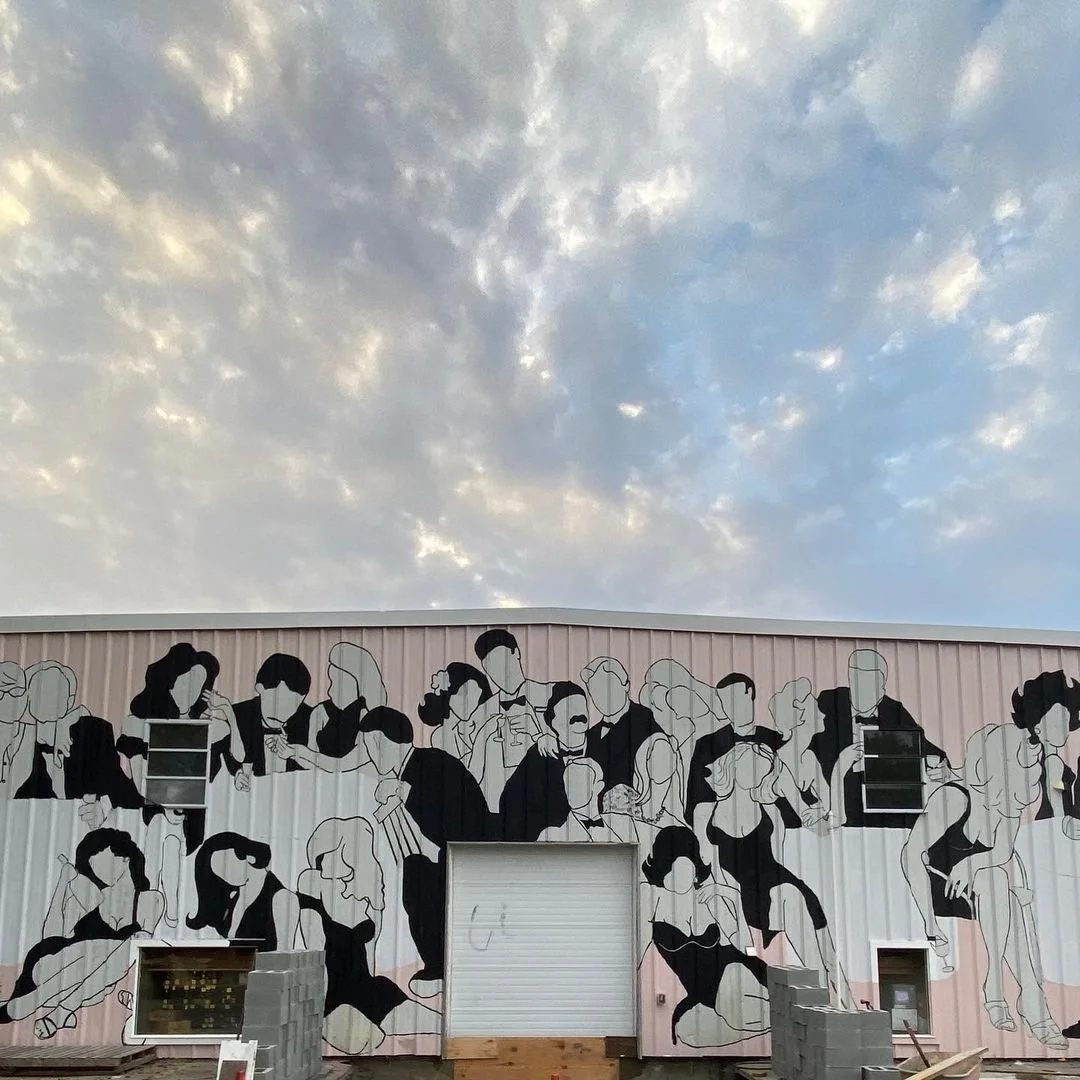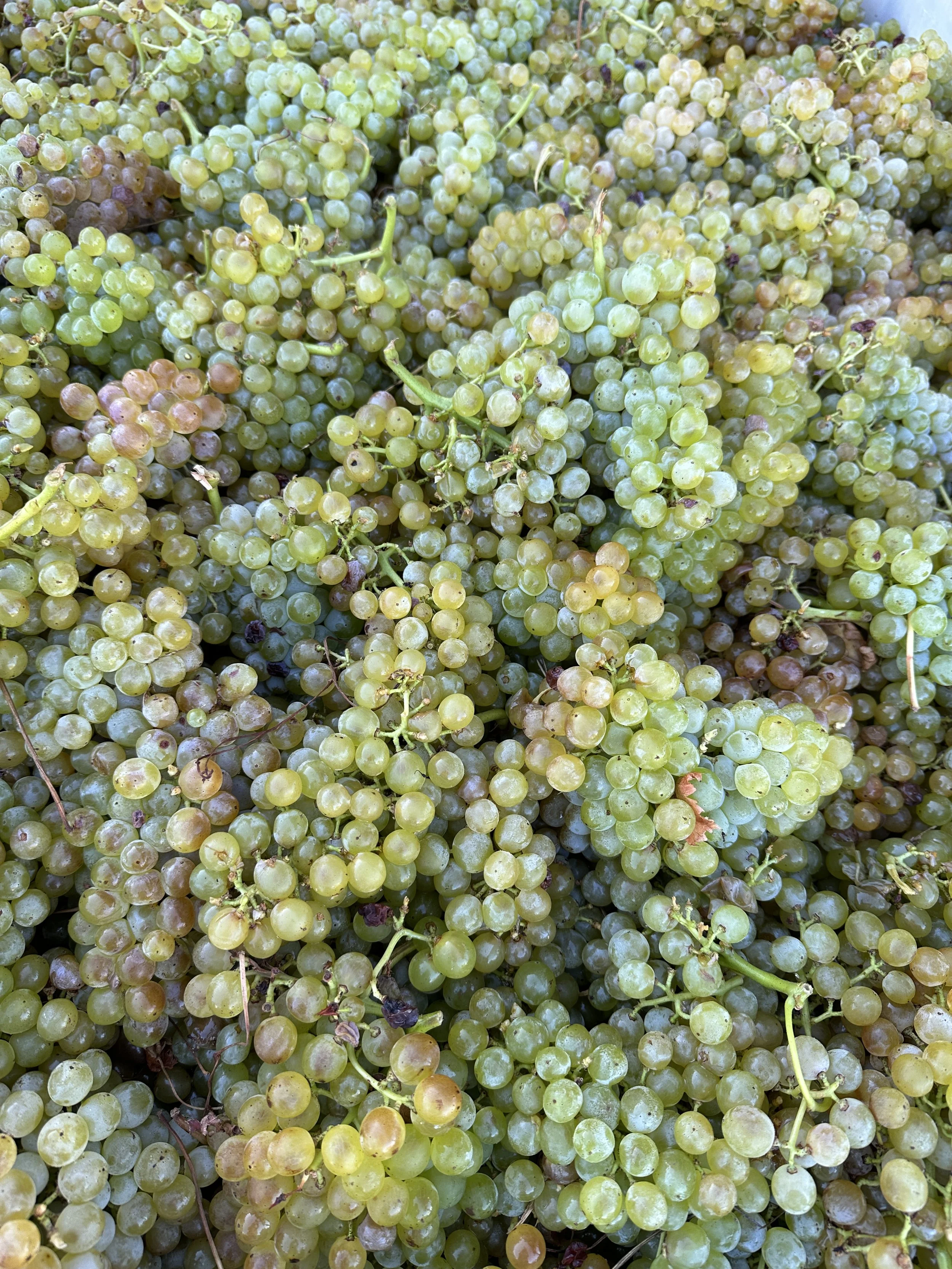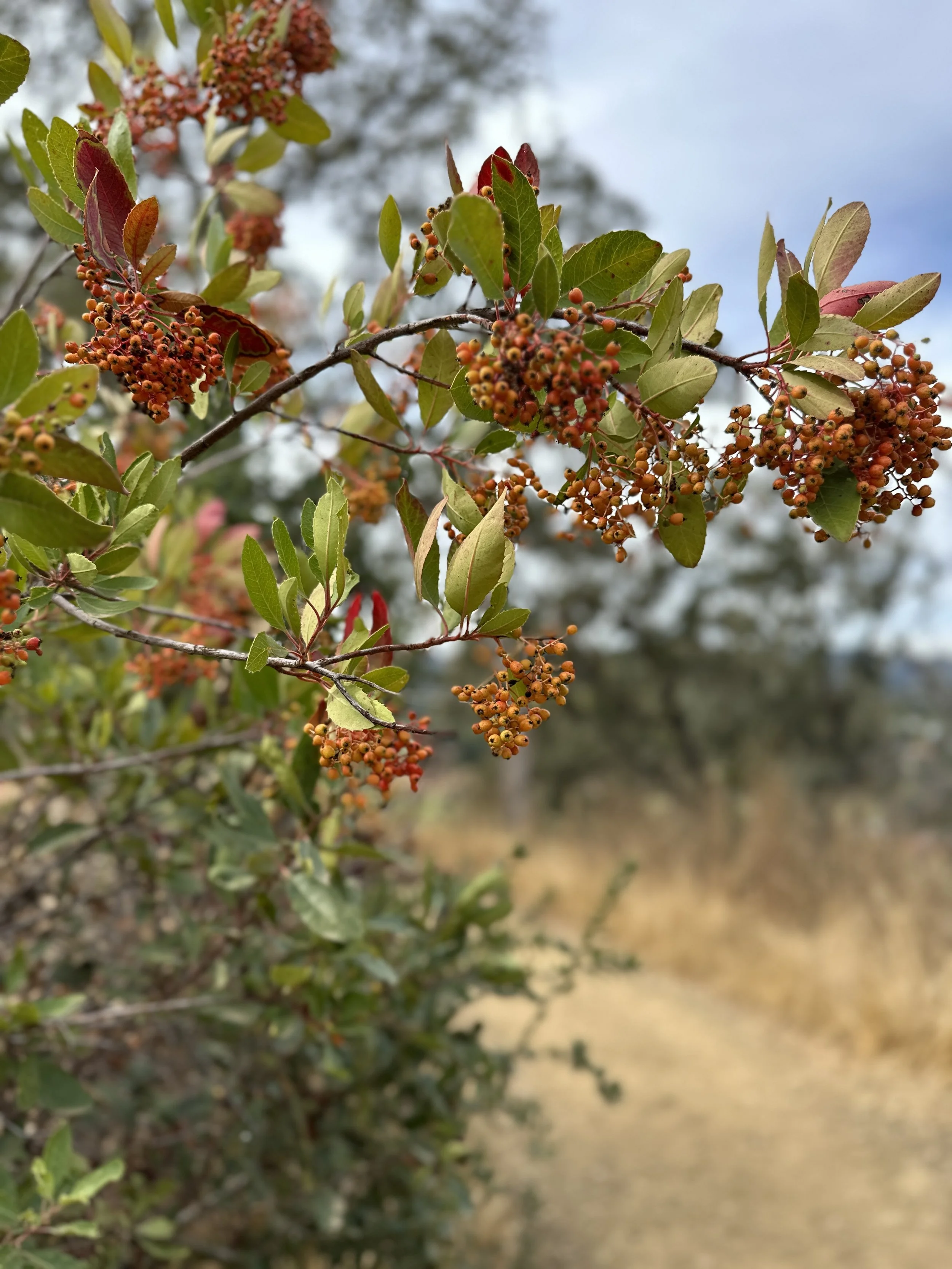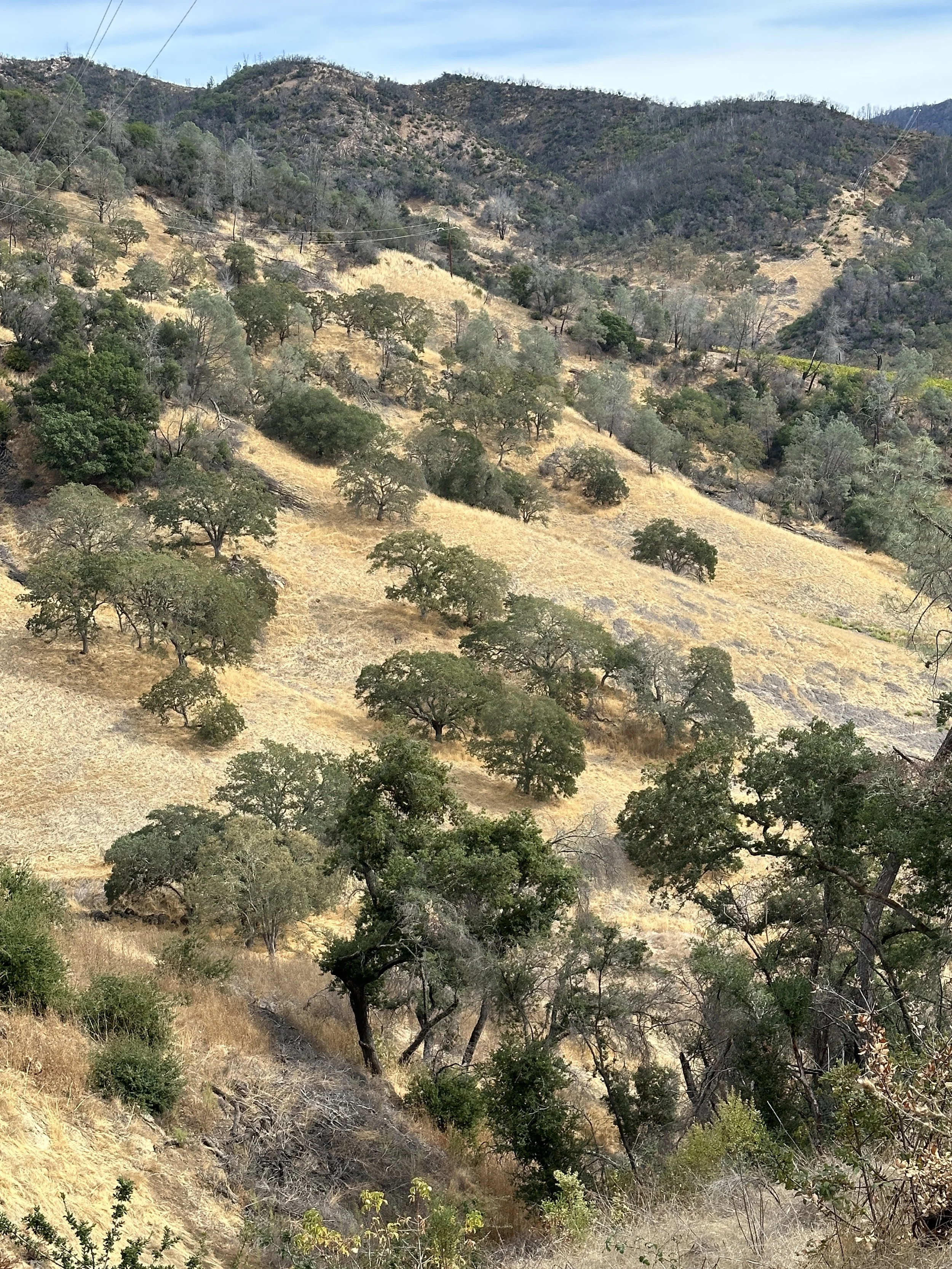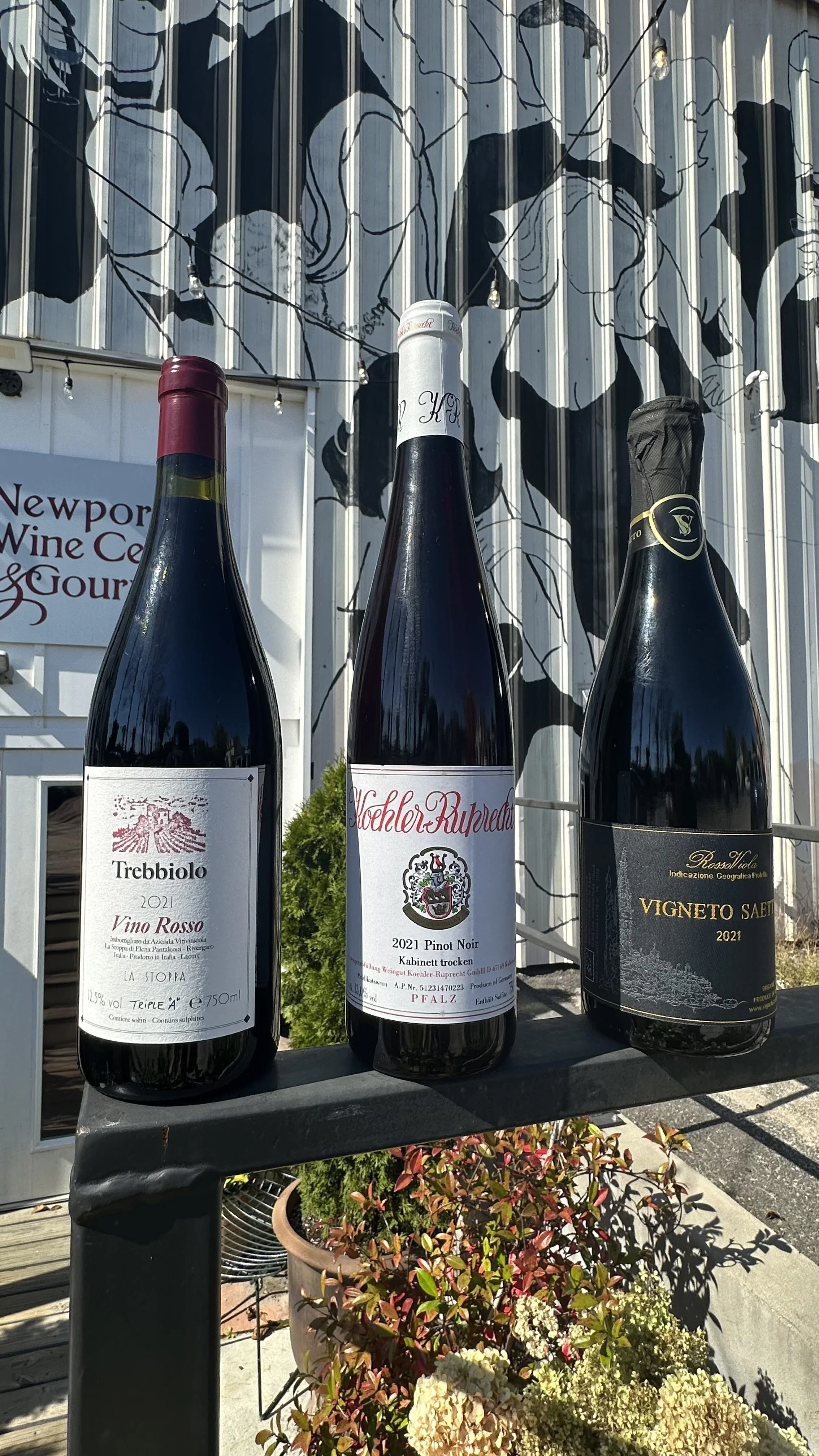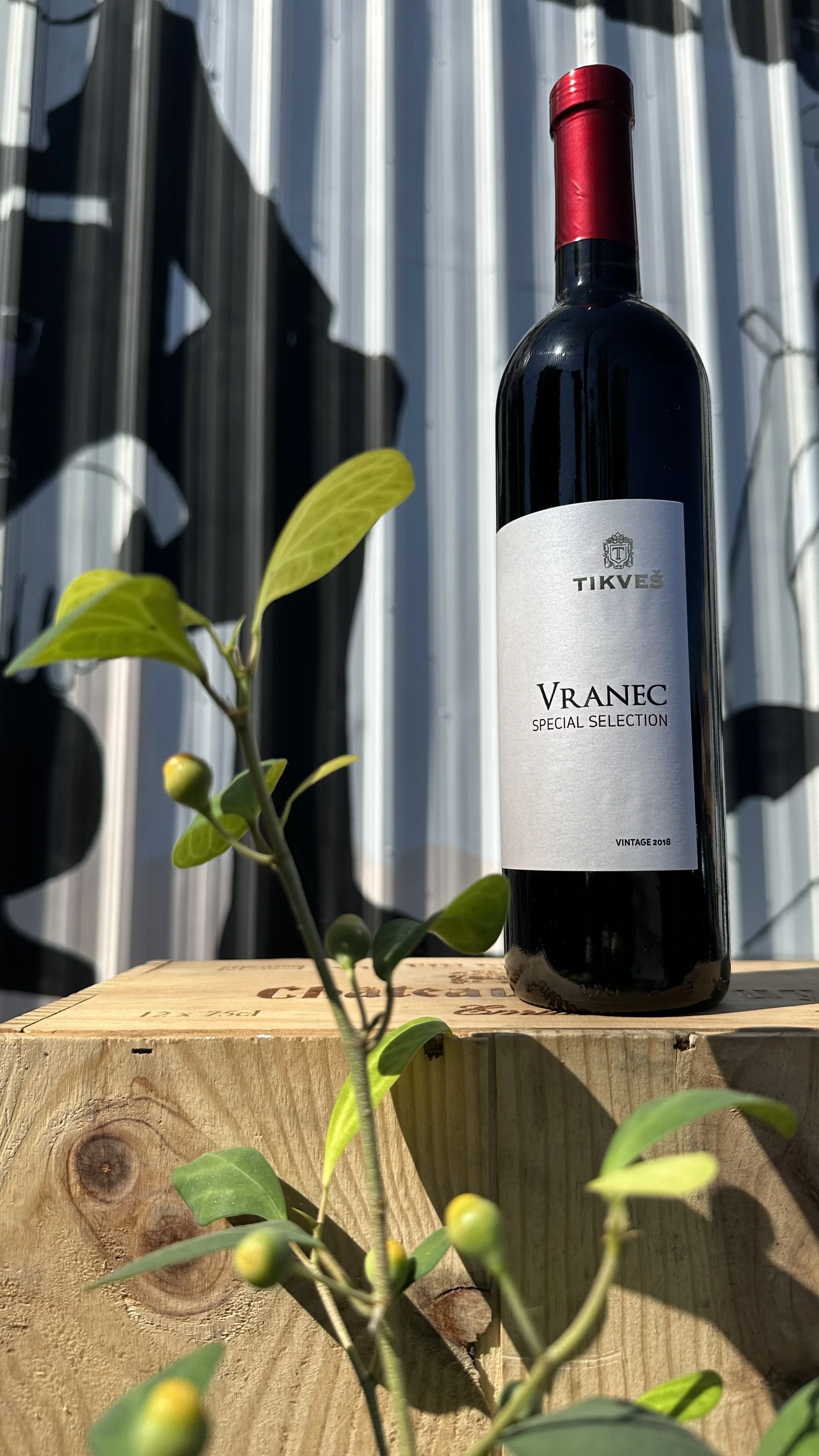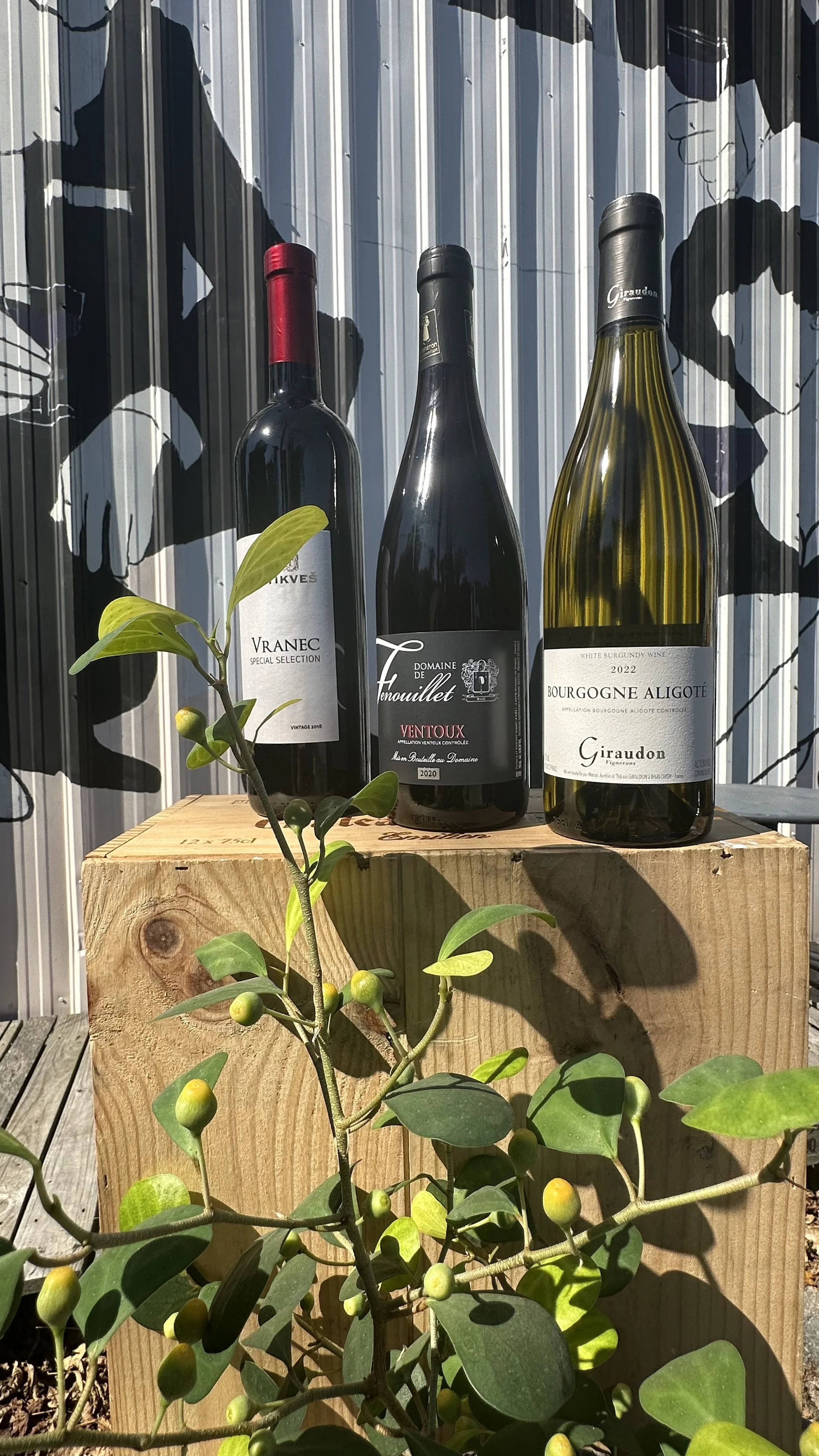It is time to wrap up in a cardigan, start roasting again, maybe even make lasagna! All of this means, we continue to move into wines of greater intensity and depth of flavor. As always, each of the wines you will enjoy in your monthly selections are produced by independent wine makers who intervene in the production as little as possible and make small amounts of wine, allowing for greater control of quality and sustainability.
I have harvest on my mind, which is no surprise because I am in the midst of it, and I am reminded how much work it takes to get a good glass of wine to the table. The wines I buy (and now that I am making), come from grapes grown sustainably, organically, and responsibly, which takes more time, effort, and money. We do this because they believe it makes better wine while also being better to the earth and the people in it. You have in your hands some delicious wines, and I trust you will enjoy them!
Value Wines
2021 Cantine Mucci Valentino Montepulciano is a new favorite value red around here with intense red ruby color and red berry fruits and violet notes all delivered in a supple smooth glass of deep red. I love the tannins on this 100% Montepulciano. It has great fresh bright berry flavors, but the tannins give that flavor and acidity a backbone and a wonderful richness on the palate. It is a great choice for pizza, pasta, and would be great with a burger and go ahead and load it up with ketchup because this will pair best with some tomato.
2022 Cantine Mucci Valentino Pecorino comes to us from the same winery as the Montepulciano in Torino di Sangro, Abruzzo, where for 5 generations the Mucci family has produced wines that are true to the place where they are grown. Fermented in stainless steel thanks to maintain freshness and brightness, this 100% Pecorino is crisp with soft stone fruit and citrus with loads of minerality on the finish. It is great with pesto, but it inspired me to make a batch of potato leek soup & the two were wonderful together.
22 Liquid Geography Rosado Mencia is a pretty pale pink rosé made with Mencia grapes from 53 year old vines in Bierzo Spain. Don’t let that pale color fool you, this has all that intensity that I was referring to for fall. It has dried strawberry and red currant notes with a touch of spice and white pepper. It is concentrated in flavor but still bright and fresh with a nice tension of acidity and salinity on the end. I would pan sear from fish for this one, and I am thinking about halibut with some olives, capers, and tomatoes.
2018 Tikves Vranec Special Selection Red is a full-bodied red wine made from the local grape of Macedonia, Vranec, which has been reported planted as far back as the Middle Ages. There is something about that kind of historicity that makes this wine very compelling for me. It is intensely fruit forward but has the backbone of acidity and alcohol to balance that out, keeping it still fresh and pure. Indeed, think voluptuous, berries, figs, plums, but also delicate floral notes. It is a curious wine that would go well with lamb chops.
2020 Fenouillet Rouge has bright red fruit flavors that come from my favorite red grape, Grenache! What I love about this red, in addition to the quality value, is the sort of piney flavor you get on the back end after lots of supple midpalate fruit. It leans toward a sappy note, but it gives the fruit something to lean against. This is one of those perfect wines for me that goes with anything. I am thinking now of frittata (or quiche if you want the crust) and salad, and yes, you know it, some crusty bread and French butter.
2022 Giraudon Aligoté puts the crisp back in white wine! It is a nice alternative to Burgundy’s other white grape—Chardonnay. Unlike its compatriot, Aligoté is more tart and drier in expression. That said, it shares some flavors, like apple and lemon, pear and minerality. It is lean, elegant, and a great value wine. Try it with some grilled salmon or seared tuna. It can handle the acidity of vinaigrette and is also nice on its own as an aperitif.
2021 Zlatan Otok & 2020 Bilo Idro Plavak are two new wines for the US and for the shop. They come to us from Croatia, in a mediterranean climate with extremely rugged terrain. The rugged and rocky vineyards produce wonderful fruit that is the result of vines that have to work very hard. The vineyards and winery are all organic and minimalist in their approach to wine making. They hand harvest, and slow ferment to produce a wine with a lighter touch. The white is perfect for light seafood dishes, sushi, or crab cakes, but I had it with some shrimp scampi and was delighted by the match.
The red is light in body with an elegant and bright cherry and blue berry aroma and flavor. It is great with a chill, so put it in your fridge for an hour before serving. There is a subtle mushroom note that invokes pinot noir for me, but the fruit profile is uniquely its own. I am so curious to hear what you think. Try it with roasted pork loin or a hearty white bean soup with escarole.
2022 Domaine Fenouillet Rosé is a wine that inspires me to write, to drink, to cook, and to create. I want to drink it, yes, but more than that, I want to make wine like this, which is what I am trying to do right now. This is a perennial favorite for me and for all of you. Typically, I only get 2-3 cases, but this vintage I was lucky enough to get 10! It is Grenache, Cinsault, and a touch of Syrah. It has strawberry notes immediately on the palate, but then it is followed by blood orange and orange blossom notes, and just the right hit of acid, so you barely notice it. It is smooth on the midpalate, and dry and crisp on the finish. Alone it shines, with food, it will rock your world, but keep it simple, make an omelet, and be patient, don’t burn it!
2021 Koehler Ruprecht Kallstadt Pinot Noir is an example of the red wines from Germany that I absolutely love. This comes to us from an historic estate, now managed by Dominik Sona and Franziska Schmitt. They are known for Riesling, but they make exceptional pinot noir. Old school values and practices produce wines of character. It is pale, but it is intense. It has cranberry and cherry and lingenberry notes, just a hint of earth and soil. They use a little oak but also stainless to preserve freshness. It is wonderful to enjoy on its own, but I love this with a charcuterie board and lively conversation
2021 La Stoppa Rosso Trebbiolo comes from another historic winery in Emilia Romagna, established in the early 19th century. Elena Pantaleoni took over production from her father in 1996, and along with wine maker Giulio Armani, she makes wine in a very natural style and with old age techniques. Low to no added sulfur, minimal intervention, growing exceptional grapes and gently guiding them into the glass. This blend of Barbera and Croatina is destemmed and fermented with native yeasts in stainless steel with roughly 3 weeks on the skins in maceration, providing the color and flavor. After fermentation, the wine is aged in stainless steel, which helps to maintain freshness. It is dark purple-red, with abundant red and blue fruits, and a wild nature that invokes salami for me. That might be the spice on the nose, something a little bay leaf and peppercorn. I would make some slow cooked, braised short rib or pulled pork for this one!
2021 Saetti Salamino di S Croce Frizzante Rosso Viola is a delicious Lambrusco. I know that October doesn’t usually have sparkling, but this is a perfect red for this time of year. It is fruity and fresh with just a frizzante amount of bubble to give it lift. He gets that bubble in there by adding a little must in the spring, producing a great wine without any chemicals. It has dark fruit color, bright fresh flavors, and abundant acidity, all of which is topped off with the spritz, which just makes it fun! Enjoyi it with a pizza!
The Collector Wines both come from La Stoppa, yet another historic estate on the October list, founded over a century ago and situated in the Emilia-Romagna region. As mentioned in my description of the Rosso, Elena Pantaleoni took over the winery in 1996 along with wine maker Giulio Armani. They work entirely organically in the field and in the winery. All the vineyard work is done by hand, which is more labor and more risky, but Elena believes in this old-world approach. It is this kind of hands-on work that ensures quality.
They focus on local varietals for the Emilia Romagna region, like Barbera and Bonarda, the grapes found in the 2012 La Stoppa Rosso Macchiona . Named for an old farmhouse in the vineyard, this is the winery’s flagship red. The vines are grown on silty clay, good for holding water, but also a type that makes the vines stress enough to build character. After hand harvest, they destem and crush, ferment naturally with native yeasts, and macerate for 45 days in concrete and stainless steel. After the press, the wine is aged for about three years in Slavonian oak botti, which are 10-20 hectoliter, then bottled and aged again for two years before release. It is dark in color, with bright red fruits, rosemary, thyme and eucalyptus, a little gamey note. I would suggest Bolognese sauce—yes, an easy suggestion, but also perfect.
To accompany this extraordinary red, the 2021 Ageno is a skin contact white that was named for the original owner of the, Ageno, who was the first to have faith in the potential of the area. It is the only white wine made at La Stoppa, and a blend of Malvasia 90% and a blend of Ortrugo and Trebbiano for the remaining 10%. They macerate this white wine on the skins for roughly four months. This is known as an “orange wine,” due to the color of the juice after skin exposure. It does, indeed, have a tint of orange and brown. The wine has a beautiful balance of aromatic fruits, pineapple, peach, nectarine, along with citrus pith and pulp, but also honey notes, almond and toast. It is complex and compelling. This wine is food flexible, and it can handle a lot of flavor. I would like to have it with duck confit with creamy risotto with this wine!
Thanks so much for your patience! Cheers, Maria
